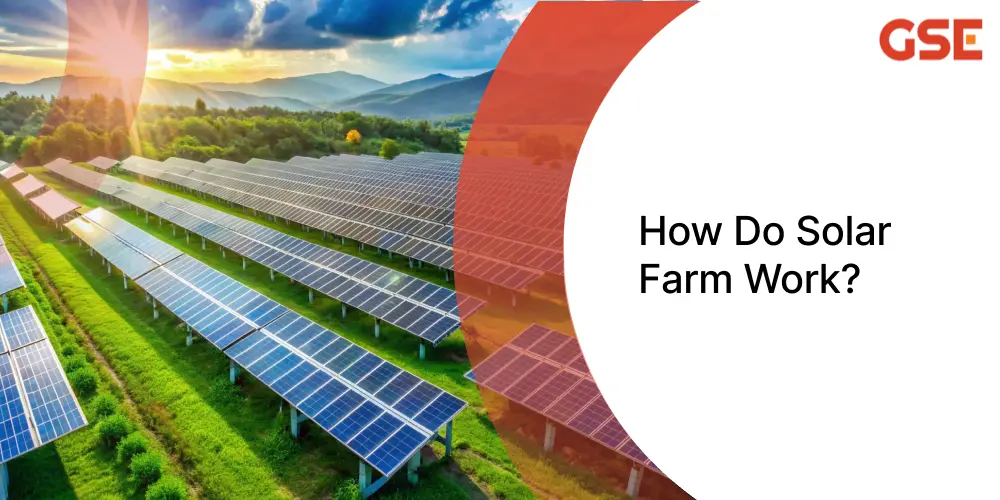Commercial Rooftop Solar Installation
Dec 2

As the world moves towards cleaner energy sources to combat climate change, solar farms have emerged as a critical part of the renewable energy landscape. But how do solar farms work? In this blog, we’ll explore the fundamentals of a solar power farm, the different types of solar farms, their components, and the numerous benefits they offer. By understanding the science and purpose of a solar plant farm, you’ll see why these installations are becoming a popular choice for sustainable energy production worldwide.
A solar farm is a large-scale solar power generation facility that harnesses sunlight and converts it into electricity using photovoltaic (PV) technology. Unlike residential solar systems that are typically installed on rooftops, a solar farm system consists of numerous solar panels spread across vast areas of land. These panels are strategically positioned to capture maximum sunlight, making them an efficient and effective way to produce renewable energy. Solar plant farms are usually connected to the electrical grid, providing clean energy to homes, businesses, and entire communities.
Read More: Solar Farm Solutions
There are various types of solar farms, each designed to serve different needs:
The operation of a solar farm is based on the photovoltaic effect, where sunlight is converted into electricity. Here’s a step-by-step explanation of how solar farms work:
A photovoltaic solar farm consists of several key components that work together to produce and distribute electricity:
There are many advantages of solar farms that make them a compelling choice for energy production:
The amount of energy produced by a solar farm varies significantly based on its size, location, and the efficiency of the solar panels used. A solar farm can generate anywhere from a few megawatts (MW) to hundreds of megawatts, supplying power to thousands of homes and businesses. Here are some of the largest solar farms in the world:
These examples highlight the incredible potential of solar farms to generate clean and sustainable energy. The capacity of a solar power farm can vary widely based on factors like land availability, sunlight exposure, and the type of solar technology used.
Investing in a solar farm system offers significant environmental and economic benefits. Whether you’re considering installing solar panels on a farm or developing a solar plant farm, GSE Renewable Energy can provide the expertise and support you need to make a smooth transition to renewable energy. With the right planning and support, a photovoltaic solar farm can be a profitable and sustainable investment. Contact GSE Renewable Energy today to explore the possibilities of integrating solar energy into your operations.
Solar farms are playing a crucial role in the global shift towards renewable energy. Understanding what a solar farm is and how solar farms work makes it clear why they are a preferred solution for sustainable energy production. Whether you’re looking at large utility-scale farms or smaller community projects, investing in a solar farm can provide substantial environmental and economic benefits. Now is the time to consider this renewable energy solution for a greener and more sustainable future.
Building a solar farm typically takes 6 to 12 months, depending on the size, land preparation, and permitting process.
The cost of a solar farm varies but generally ranges from ₹5 crore to ₹7 crore per MW in India, including equipment, installation, and permits.
Flat, non-shaded land with high sun exposure, minimal vegetation, and close proximity to transmission lines is ideal for solar farms.
Solar farming for agriculture involves using solar panels on farmland to generate electricity, often combined with crop production or livestock grazing.
A solar farm in India can be profitable with returns ranging from 12% to 18% per annum, depending on government policies, land cost, and energy tariffs.
